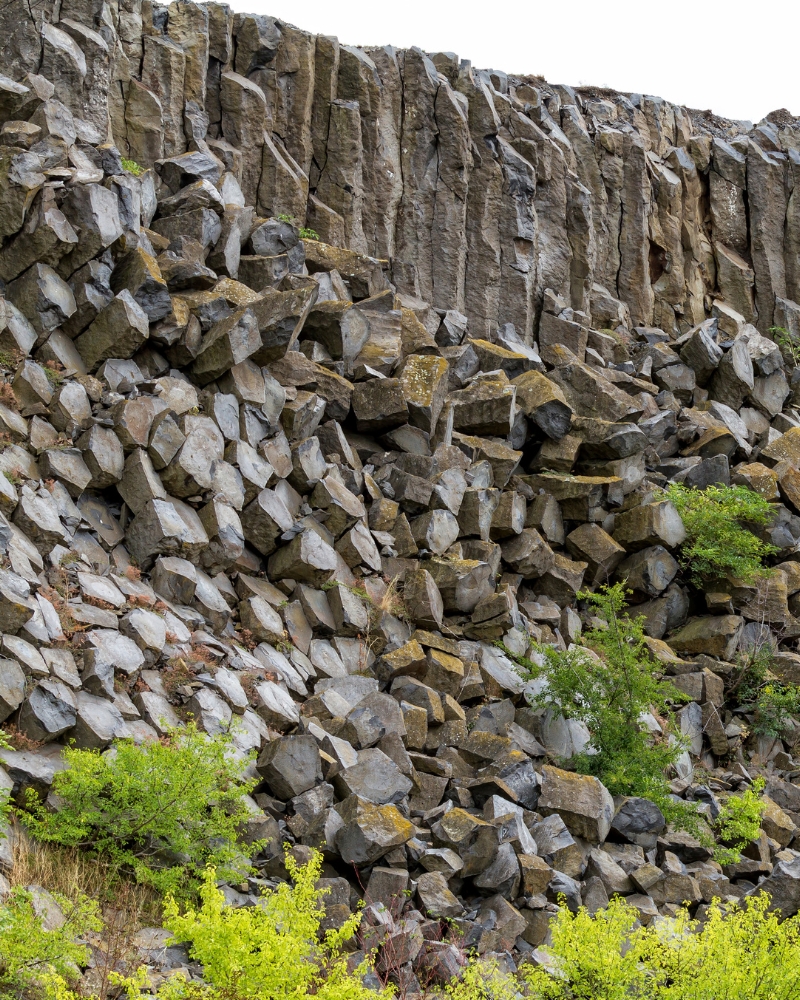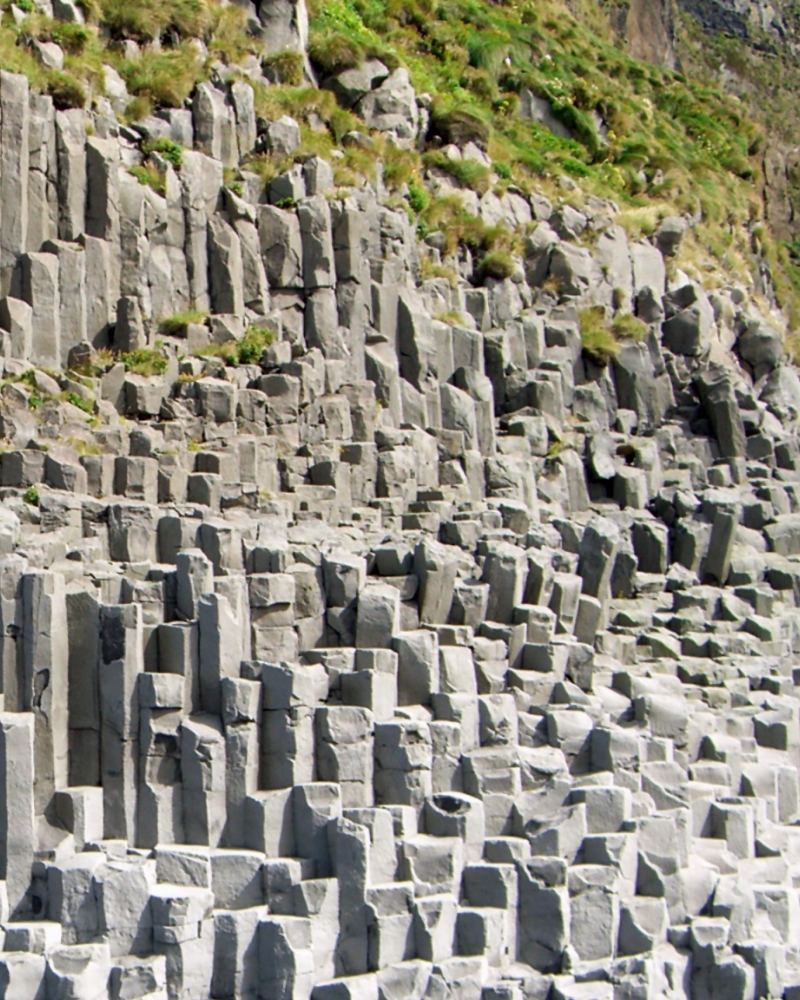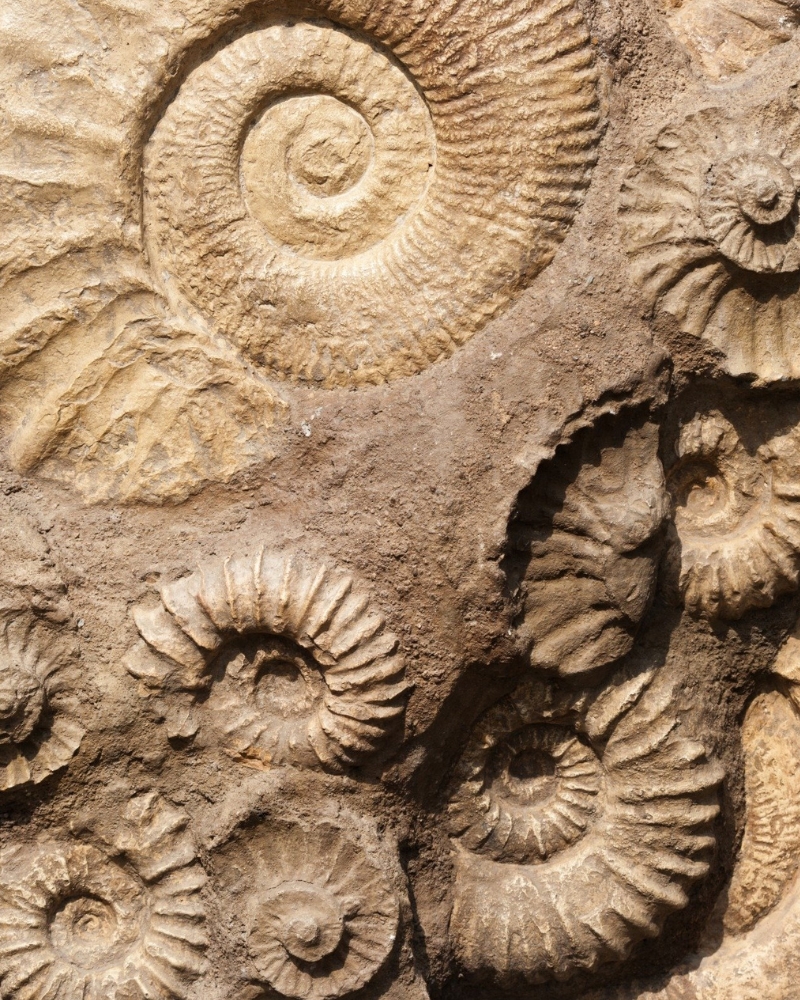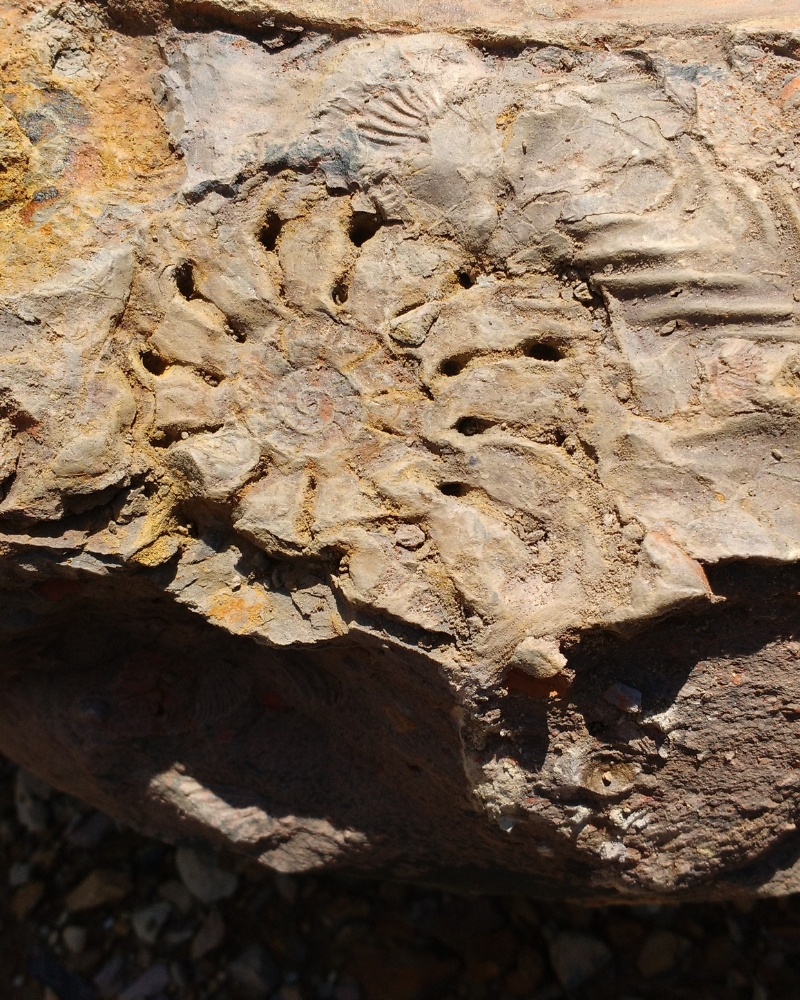Surroundigs
The Columnar Basalts of San Giovanni Ilarione
Val d’Alpone is an area of volcanic rocks, called “basalts”, dating back to the Eocene geological period (45 million years ago). Basalts were created by the solidification of magma, a process that gave rise to fascinating natural phenomena.
In fact, the hills of Val d’Alpone are ancient volcanoes that, during their eruptive activity, formed an extraordinary geological heritage. The cooling and quick contraction of lava flows in contact with air fractured the underlying magma, giving origin to these black and shiny prismatic columns. Their diameter depends on the speed of cooling (the higher the speed, the lower the diameter).


The columnar basalts characteristic of Lessinia take the shape of long organ pipes in the rocky walls of San Giovanni Ilarione. On the other hand, in the Gambellara “San Marco” natural park, they look like giant beehives. In both cases, they are an extraordinary scenery of nature.
Bolca Fossil Museum
With more than 500 pieces, the Fossil Museum of Bolca contains the most interesting paleontological finds divided by deposits. “Pesciara di Bolca” is the most known one, both for the amount of fossils found and for their perfect preservation condition, as well as for its diversity and variety. This deposit is a vast collection of fossils of the tropical marine environment, dating to the Tertiary Era. It is also the world’s most important fossil deposit of the Cenozoic period.
Among the various remains, there are rare species of crustaceans, molluscs, insects, palm trees, algae, coconuts and other plants, petrified in their incredible beauty. In some cases, they even maintained their original color. One of the most captivating sights is given by the numerous fish, more than 150 species, among which stand out an Angel fish found in 1989, considered one of the most beautiful fossil fish in the world, and a few sharks. The latter preserve both bone and organic tissue, thanks to the peculiar process of fossilization that took place in this former coastal area, during 50 million years.
Indeed, on the Lessini Mountains there was once a tropical sea, rich in flora and fauna, on whose bottom were deposited plant and animal remains. First they were buried, then absorbed by limi oozes, within which they fossilized.
Over the millennia, the limo oozes became hard rock layers. Forced by the powerful shifting of the Earth’s crust, they rose up giving rise to the Alpine chain, which has become nowadays a unique heritage in the world, due to its numerous, fascinating and so hard to find petrified fossil beds.


Villa Balzi Tanara and San Giovanni Ilarione
The Villa Balzi Tanara is an ancient patronal building, located in Tanara, dating back to 1600. Its architectural value can be admired from the panoramic terrace, overlooking a land formerly cultivated as a vegetable garden or orchard. The facility develops in a shape resembling a horseshoe. The two side wings are characterized by two elegant staircases which lead to the entrance of the house and surround the internal garden, in the center of which stands a wonderful magnolia. The barchesse, buildings typical of the architecture of the Venetian villas, divided the space dedicated to the servants from the main body of the house, reserved to the rich owners.
These barchesse were normally used as kitchens and stables, as well as housing for farmers. They were characterized by a wooden structure, supported by small carved-stone pillars.
Bunker 44 in the Church of S.Giovanni Battista
In one of the hills of the Val d’Alpone stood the castle of San Giovanni Ilarione, a medieval fortification that during the 1800s had been converted into a church. Today it is known as the Church of S. Giovanni Battista, originated from the remains of the ancient chapel. A few years ago, when it was decided to consolidate the parish structure, there was a totally unexpected discovery: tunnels dating back to 1944 were uncovered. They were made by German troops with explosions and demolitions before being filled with rocky material.
The deep cracks across the floor and the walls of the Church have led to the incredible discovery of the tunnels: three entrances were made into basalt with the use of mines, a central corridor and three refuge rooms. This charming surprise had made it necessary to re-evaluate the idea of consolidating the Church. It was then created a new supporting structure of reinforced concrete in order to secure the Castle. Today it has become a symbol of a piece of history of the past century and a tourist attraction.

